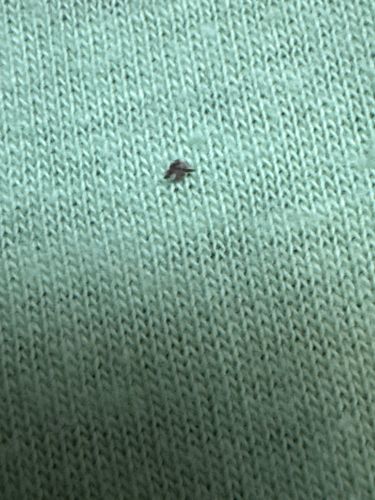Fungus Gnat
Scientific Name: Bradysia spp. or Sciara spp. (various genera within Sciaridae and Mycetophilidae)
Order & Family: Order: Diptera, Families: Sciaridae, Mycetophilidae
Size: 2-8 mm

Natural Habitat
Damp, humid environments, commonly found around potted plants, greenhouses, mushroom farms, and decaying organic matter. Larvae live in soil or moist organic material.
Diet & Feeding
Adults generally don't feed or feed on liquids; larvae feed on fungi, decaying organic matter, and sometimes plant roots, especially in overly moist conditions.
Behavior Patterns
Adults are weak fliers and are often seen walking or flying near the soil surface of potted plants. They are attracted to light and moisture. Larvae are found in the top inch or two of moist soil.
Risks & Benefits
Potential Risks: Larvae can cause damage to plant roots, particularly for seedlings and young plants, leading to wilting, stunted growth, and death. They can also spread plant pathogens. Potential Benefits: In natural ecosystems, they contribute to decomposition of organic matter and fungus control.
Identified on: 9/15/2025